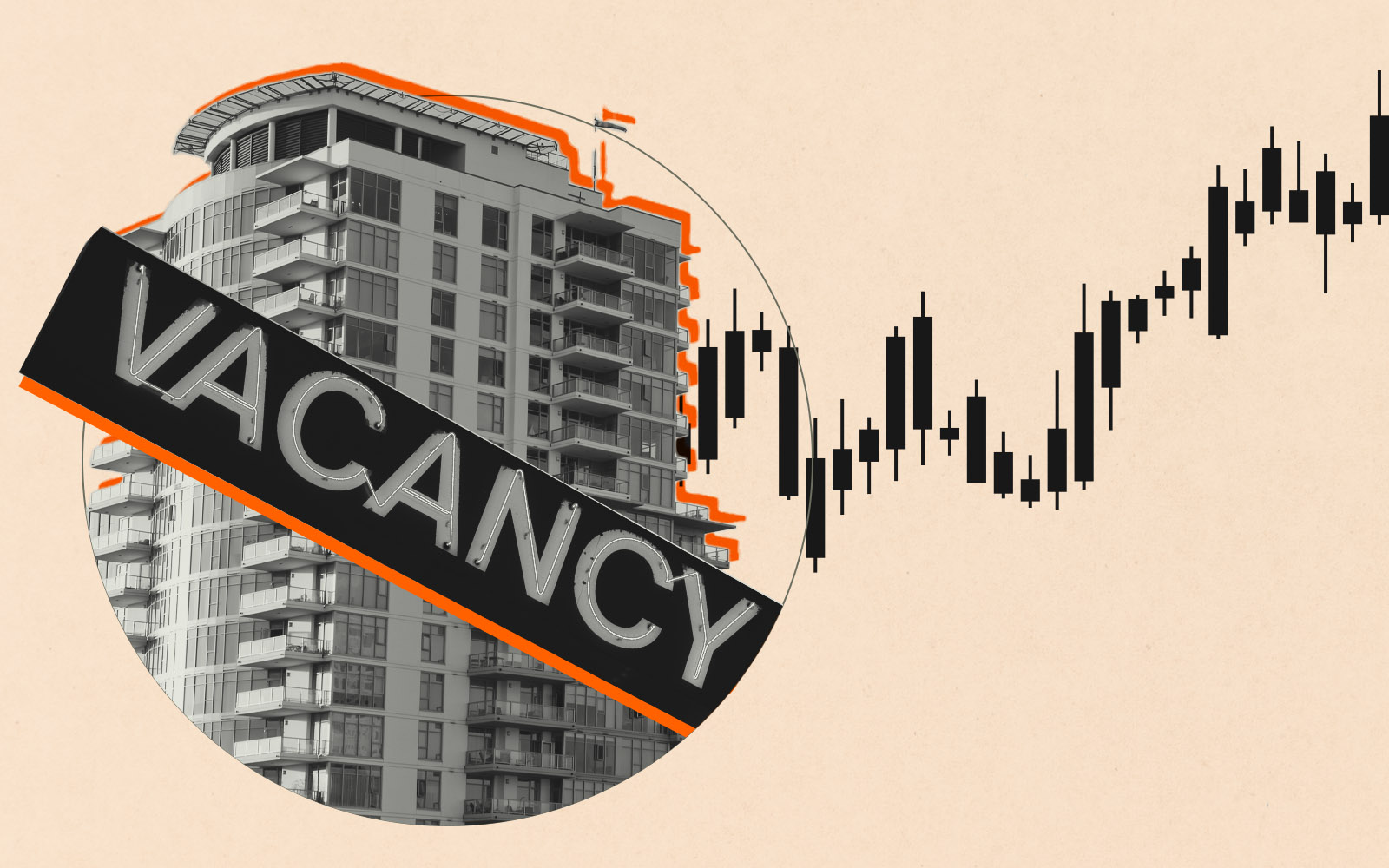Apartment vacancies rise for first time in 6 years

Introduction to the Housing Market
Brief Overview of the Housing Market Dynamics
The housing market represents an intricate balance between demand and supply, a delicately poised dance predicated on myriad economic and demographic indicators. As we traverse through the market’s labyrinthine intricacies, it becomes evident that a nuanced understanding of the forces at play is essential for gauging the trends that define its trajectory.
Apartment Rental Market: A Critical Subset
As an integral subset of the larger housing sphere, the apartment rental market wields considerable influence over the overall housing dynamics. Its trends, therefore, deserve close scrutiny and comprehensive analyses.
Historical Trend of Apartment Vacancies
Apartment Vacancies in the Past Years
The past half-decade has witnessed a compelling storyline unfold in the realm of apartment vacancies – a persistent decline. Low vacancy rates underscored the rental market, rendering it a landlord’s paradise replete with high rents and a surfeit of prospective tenants.
The Record-Low Vacancy Era
These years of low vacancy rates, also known as the record-low vacancy era, signified booming urbanization, an escalating workforce, and insatiable demand for rental apartments. This era culminated in a pinnacle of market robustness, imprinting a lasting legacy on the sector.
Factors Driving the Increase in Apartment Vacancies
Socio-Economic Impacts
The current uptick in apartment vacancies, a stark departure from the trends of yore, has been predominantly driven by socio-economic transformations. A palpable shift towards remote work has loosened the tether tying individuals to cities, resulting in urban exodus and fostering suburban resurgence.
The Role of Pandemic Recovery
Furthermore, the gradual emergence from the pandemic’s constraints has altered living preferences. The quest for personal space and comfort has trumped the erstwhile allure of city living, engendering an unprecedented rise in vacancies.
Consequences of Rising Apartment Vacancies
Impacts on Rental Prices
The rising vacancies herald significant repercussions for rental prices. Traditionally, an inverse relationship exists between vacancies and rental rates. As vacancies surge, we can anticipate a softening of rental prices, injecting some reprieve for tenants amidst these challenging times.
Effects on Property Owners and Managers
For property owners and managers, however, the burgeoning vacancies might signify potential hardships. With lesser rental income and higher maintenance costs, a recalibration of strategies might be required to mitigate these challenges.
Comparison with Global Trends
United States versus Europe
Comparatively, the rise in apartment vacancies is not an isolated phenomenon confined to the United States. Across the Atlantic, European cities are grappling with similar trends, although the magnitude and implications vary. Historical and cultural divergences, coupled with differing urbanization levels and housing policies, have shaped unique trajectories in the European rental market.
Comparison with Asia-Pacific Region
In contrast, the Asia-Pacific region presents a multifarious tableau. Countries like Japan and South Korea have witnessed comparable trends due to an aging population and urban depopulation. However, in densely populated regions such as Hong Kong or Singapore, the demand for rental apartments remains robust, and vacancy rates are relatively low.
Conclusion: Projections and Possibilities
Future Trends Predictions
Given the capricious nature of the housing market, making predictions can be a complex endeavor. However, as remote work proliferates and cities continue to evolve, we might witness a sustained increase in apartment vacancies in the near term. Nevertheless, the long-term view is far from definitive, with technological advancements and shifting societal norms poised to redefine the rental landscape.
Navigating the New Normal in the Housing Market
In the face of these changes, stakeholders must navigate the new normal adeptly. For renters, the rising vacancies could open up affordable living opportunities in hitherto unattainable locales. Landlords and property managers, on the other hand, must reassess their strategies, perhaps focusing more on tenant retention and property maintenance. As we stride into an era of increased vacancies, a fluid adaptation to the evolving circumstances will be instrumental in maintaining equilibrium in the apartment rental market.








